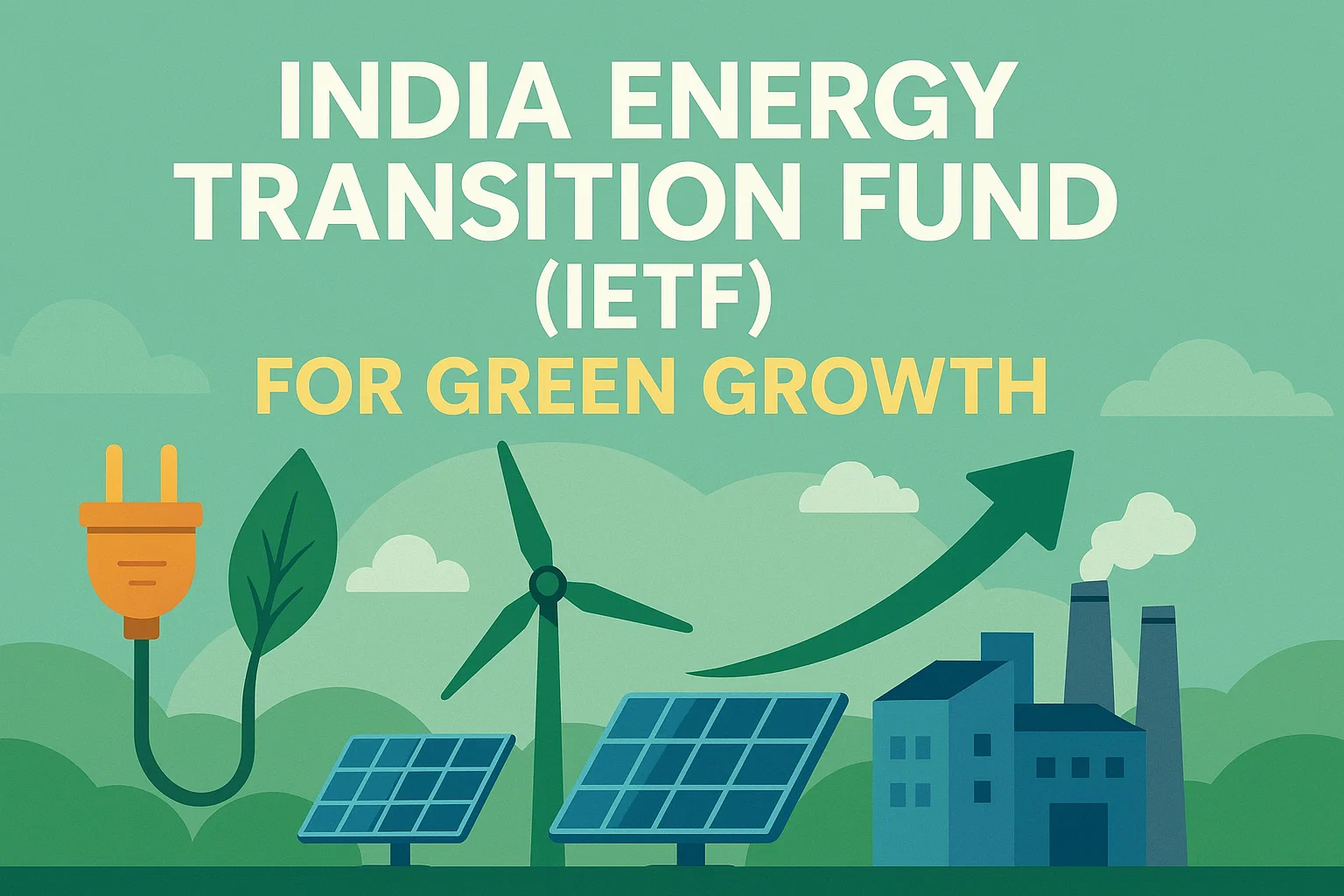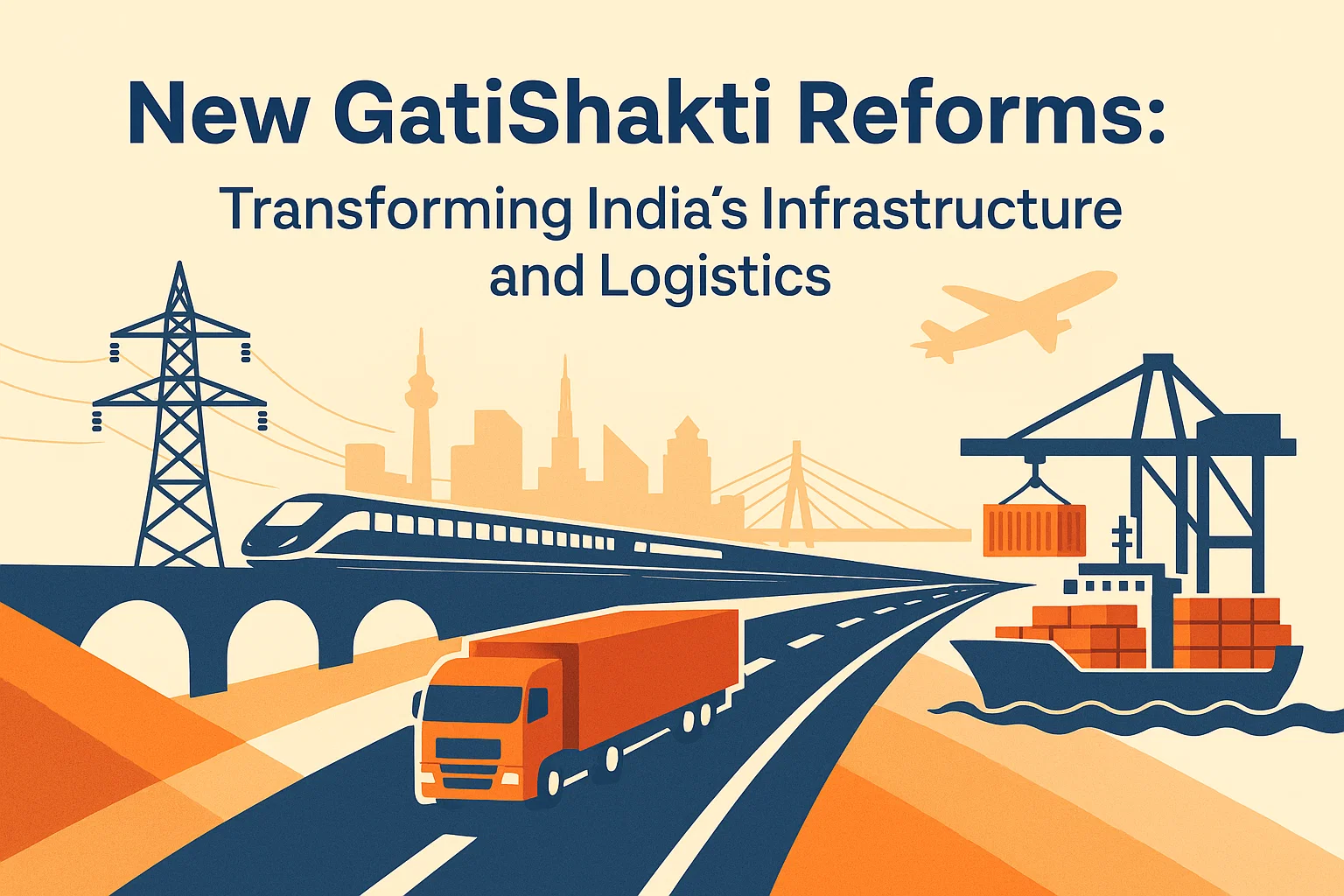Font size:
Print
India’s Strategic Autonomy in a Turbulent World
Context: The global order is undergoing a profound transformation from the post-Cold War unipolar moment to a more fragmented, multipolar, and volatile landscape. For India, a rising power with global leadership aspirations, navigating this complex environment is its primary diplomatic challenge.
What is Strategic Autonomy?
- Strategic autonomy refers to a nation’s capacity to make independent, sovereign decisions in its foreign policy, defence, and economic domains without being unduly constrained by external pressures, alliances, or bloc politics. It is crucial to understand that it is not synonymous with:
- Isolationism: Withdrawing from international engagement.
- Neutrality: Remaining passive or impartial in global affairs.
- Instead, strategic autonomy implies:
- Flexibility: The freedom to engage with multiple and even competing powers based on issue-based convergences.
- Independence: The primacy of national interest over ideological alignment or inherited biases.
- Agency: The ability to set one’s own agenda and not merely react to the priorities of other nations.
- For India, this concept is historically founded in Kautilya’s Arthshastra, further chiselled with the experience of colonial subjugation and a consequent determination to never again let an external power dictate its destiny.
- Today, it is reflected in the policy of Non-Alignment Movement 2.0, which talks about issue-based multi-alignment.
Why is it Necessary?
- Shifting Global Power Dynamics: The decline of American unipolarity and the rise of a contested multipolar world mean no single power can guarantee India’s security or prosperity. Autonomy allows India to avoid being caught in the crossfire of great power rivalry (e.g., U.S.-China competition).
- Protection of Core National Interests: India’s primary interests—territorial integrity (especially vis-à-vis China and Pakistan), economic growth, energy security, and regional stability—are best served by a pragmatic, case-by-case approach rather than ironclad alliances that may force it into conflicts not of its making.
- Aspiration to Global Leadership: As a nascent great power and the “voice of the Global South,” India cannot be perceived as a client or subordinate state of any power bloc. Autonomy is a prerequisite for credible global leadership and for representing the interests of developing nations.
- Economic and Technological Imperatives: In an interdependent world, autonomy ensures resilience. It allows India to control critical supply chains, protect its digital sovereignty, and avoid coercive economic measures (like sanctions) by maintaining diverse partnerships.
- Historical Legacy and Domestic Consensus: The principle of independent decision-making enjoys broad political and public support in India, cutting across party lines. It is a continuation of a long-standing foreign policy tradition, updated for contemporary challenges.
How is India Ensuring its Strategic Autonomy?
India is practising strategic autonomy through a multi-faceted and pragmatic foreign policy, often described as “multi-alignment”:
- Engaging the U.S. without Aligning: India has dramatically deepened its strategic partnership with the U.S. through the Quad, defence agreements, and technology sharing.
- However, it firmly resists pressure to conform to Western positions on Ukraine or to completely sever its defence and energy ties with Russia, asserting its right to act in its own interest.
- Maintaining Ties with Russia despite Western Pressure: Despite the Ukraine war, India has refused to condemn Russia outright, continuing energy purchases and defence cooperation.
- Deterring China while Engaging Diplomatically: Following the 2020 Galwan clashes, India has pursued a dual strategy: firm deterrence through military bolstering and infrastructure development on the border, and deepening partnerships with Quad members.
- Simultaneously, it continues to engage China in diplomatic dialogues and within multilateral forums like BRICS and the SCO, recognising that rivalry does not preclude diplomacy.
- Building Issue-Based Coalitions: India actively participates in diverse and often overlapping groupings—Quad, BRICS, SCO, I2U2, G20—to advance specific interests. This allows it to partner with different countries on different issues without being locked into a single bloc.
- Investing in Domestic Capabilities: True autonomy cannot be built from a position of weakness. India is heavily investing in: Indigenous defence production (Atmanirbhar Bharat in Defence), Digital sovereignty and data security, Energy diversification and securing critical mineral supply chains and Economic resilience to withstand global shocks.
- This approach, termed “diplomacy with a spine” by EAM S. Jaishankar, seeks to make India a “non-West” power without being an “anti-West” one, asserting its agency in the international system.
“This is a time for us to engage America, manage China, cultivate Europe, reassure Russia, bring Japan into play, draw neighbors in, extend the neighborhood, and expand traditional constituencies of support.”
– S. Jaishankar, The India Way: Strategies for an Uncertain World


